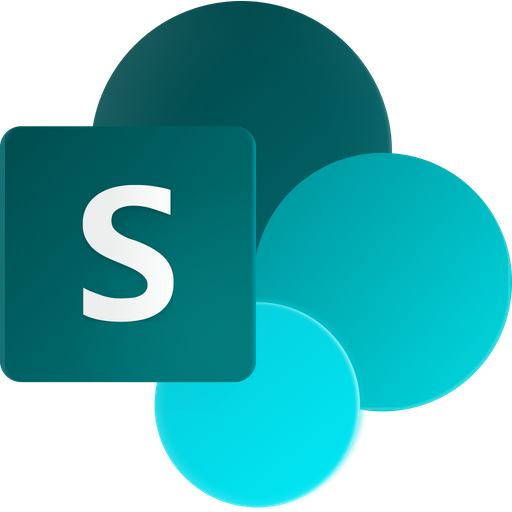 This week, I have published two new Tips articles on automatic task creation with flows and with workflows. Each article has two demos, as I describe an easier flow/workflow as well as a more advanced one that gives many benefits in the long run.
This week, I have published two new Tips articles on automatic task creation with flows and with workflows. Each article has two demos, as I describe an easier flow/workflow as well as a more advanced one that gives many benefits in the long run.Equipment for new staff
When new staff joins an organization, there are certain things that always have to be done. The new employees will for example need some equipment, and the people responsible for arranging the equipment needs to be informed. This is a situation I have chosen to automate in my new articles.
Below I have included the two video demonstrations from the Flow article about automating tasks for new employee equipment, but if you prefer using a workflow, please study the Workflow article about automatic task creation instead.
Hard-coded or dynamic?
You need some practice before you can create a really good flow or workflow, but it is of course better to automate business processes in a basic way than to not automate them at all. One common issue is how much you should hard-code.
It is often easier to hard-code data than to use dynamic content, and that is what I do with the equipment items in the first demo.
With dynamic content the flow/workflow will be much more flexible and user friendly. In the second demo, the equipment items are entered in a SharePoint settings list, from where the flow/workflow fetches the values as dynamic content.
The benefit of using dynamic content from a settings list, is that data can be changed without affecting the automation. This means that users can change values in the settings list when needed without problems. The flow/workflow will continue to run as before. That is not possible with hard-coded values. If they are changed, the flow or workflow must be modified too.
As I use the same scenario of new staff equipment for both a flow and a workflow, I will soon follow up this blog post with a post about SharePoint automation in general, where I also mention some advantages and drawbacks of these two automation tools. Stay tuned!
By Peter Kalmström
CEO and Systems Designer
kalmstrom.com Business Solutions
No comments:
Post a Comment